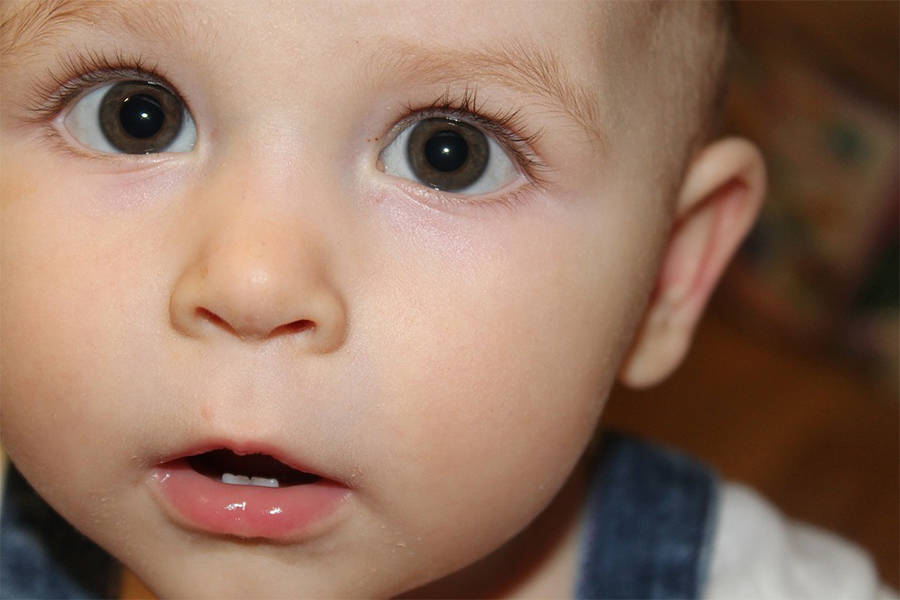Babies only blink once or twice a minute while adults average 10 times a minute

Babies Only Blink Once or Twice a Minute, While Adults Average 10 Times a Minute
Did you know that babies blink far less frequently than adults? In fact, while adults tend to blink an average of 10 times per minute, babies only blink once or twice a minute. This fascinating fact highlights one of the many differences between the visual habits of adults and infants.
Blinking is a natural and involuntary action that helps to moisten and protect our eyes. It also helps to clear away dust particles or other foreign objects that may enter our eyes. However, the frequency of blinking can differ depending on various factors, including age.
So, why do babies blink less often than adults? The answer lies in the development and function of their eyes. When babies are born, their visual system is still developing, and their eyes are more sensitive to light and other environmental stimuli. Their blink rate is lower as a result of this heightened sensitivity.
As babies gradually grow and mature, their blinking rate also increases. By the time they reach adulthood, their blink rate has leveled out to an average of 10 blinks per minute. This is the norm for most adults, although individual blink rates may still vary.
But what does this difference in blink rate mean for babies? One plausible explanation is that infants have a greater need to stay focused on their surroundings. Through reduced blinking, babies are able to process and absorb more visual information from their environment. This heightened visual attention aids in their early development and helps them to make sense of the world around them.
Not only do babies blink less frequently, but their blink duration is also shorter compared to adults. This means that each individual blink is generally quicker for babies, which further emphasizes their increased visual attentiveness.
It is worth mentioning that blinking is not solely related to vision; it is also influenced by other factors such as tiredness, emotions, and concentration levels. However, the difference in blink rates between babies and adults can mainly be attributed to the unique visual needs and developmental stages of infants.
Understanding the variance in blink rates between babies and adults sheds light on the intricate mechanisms at play in visual development. This phenomenon showcases how our bodies adapt and change as we grow, providing us with a captivating glimpse into the wonders of human biology.
Sources:
- Frontiers in Psychology
- Images:
Tags
Share
Related Posts
Quick Links
Legal Stuff



